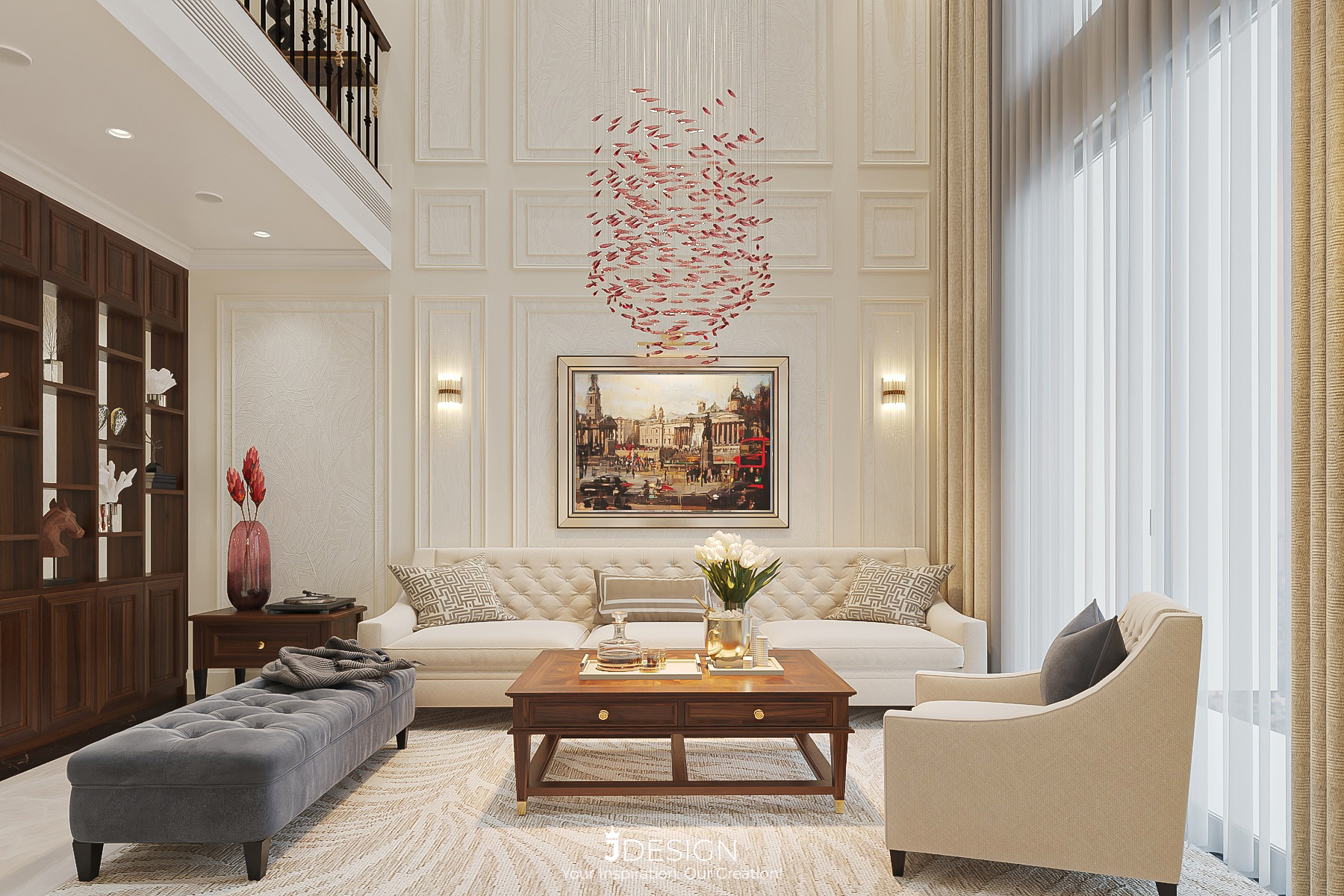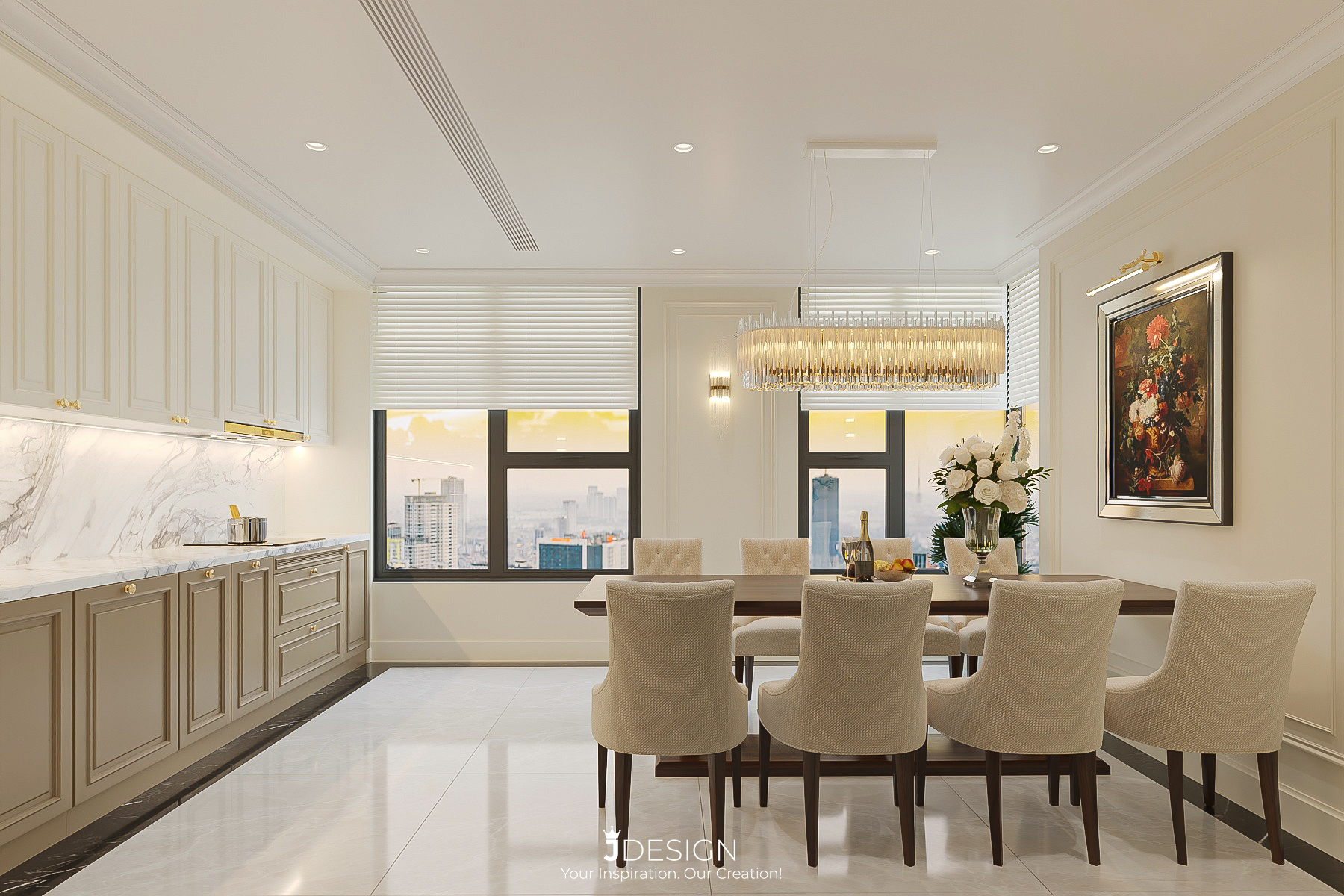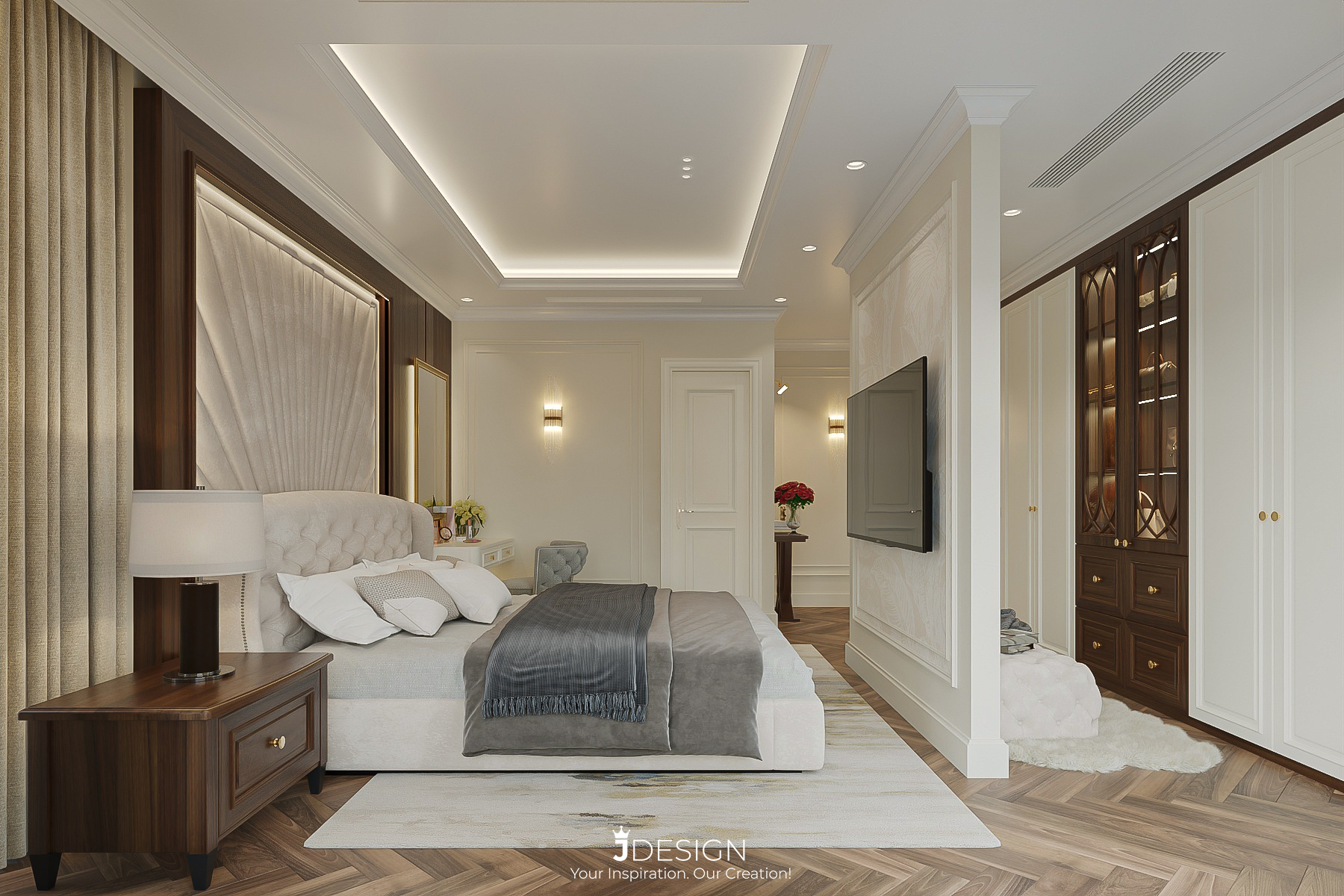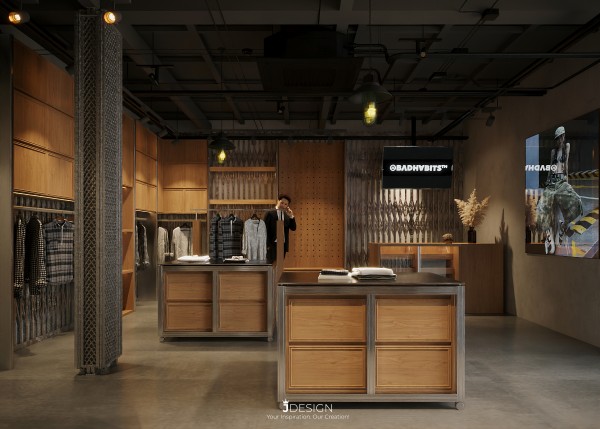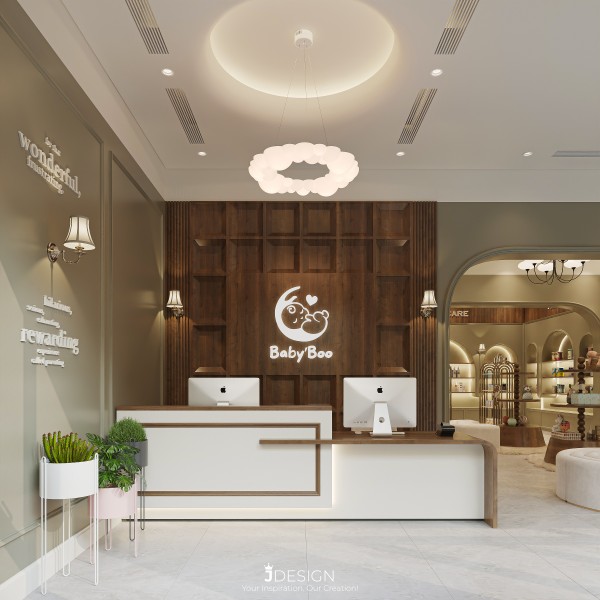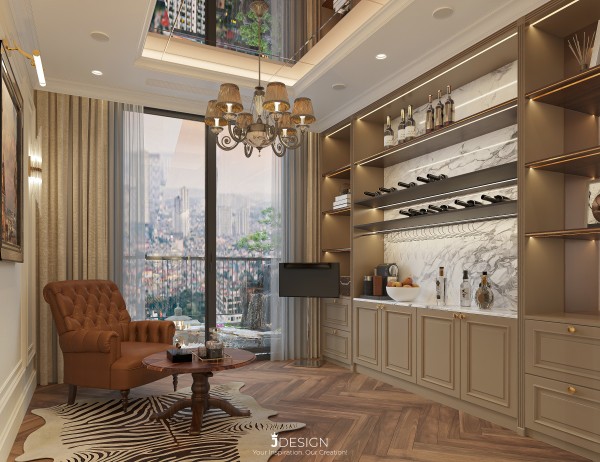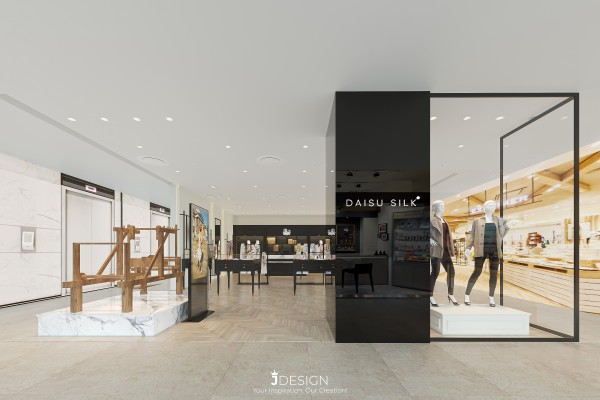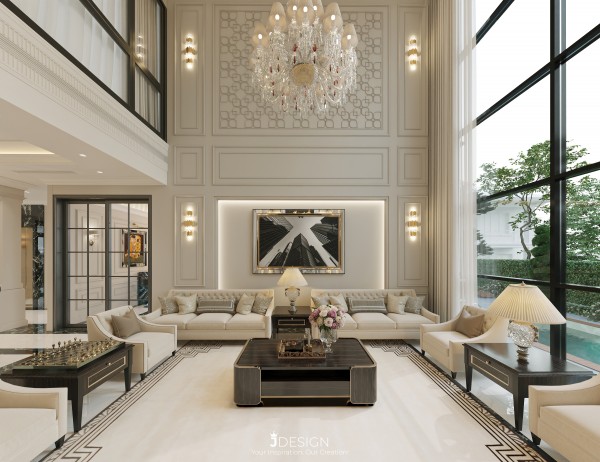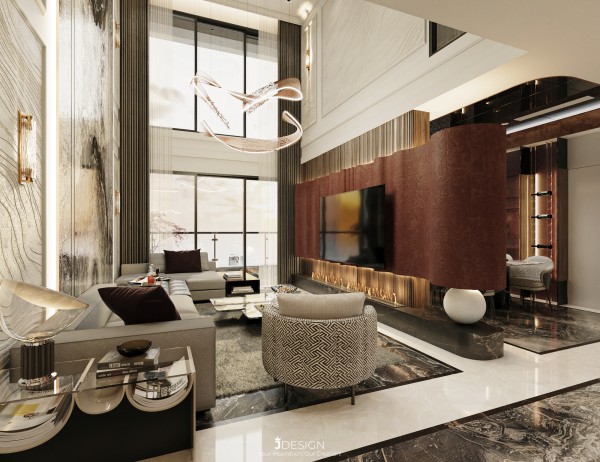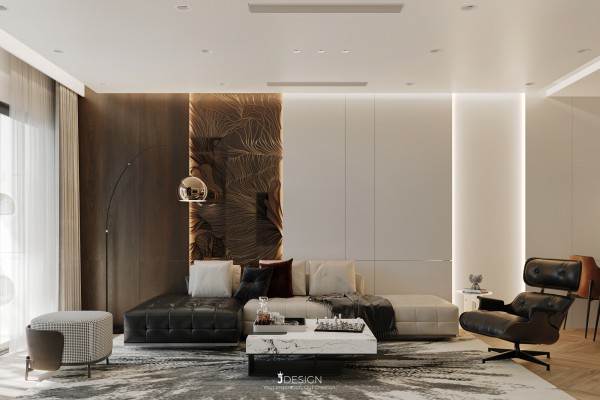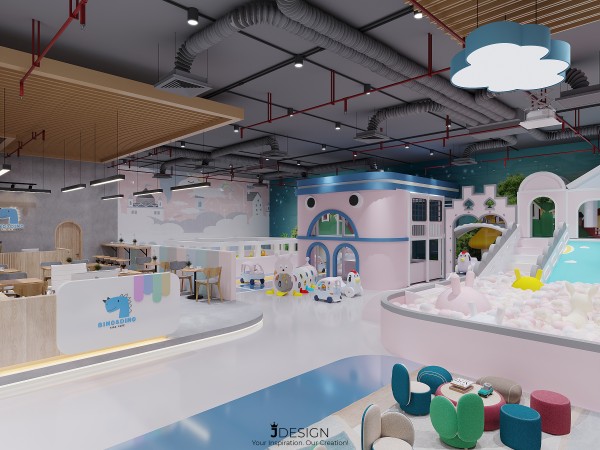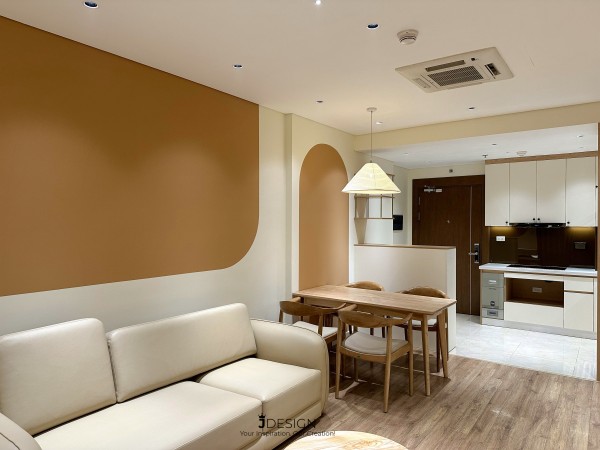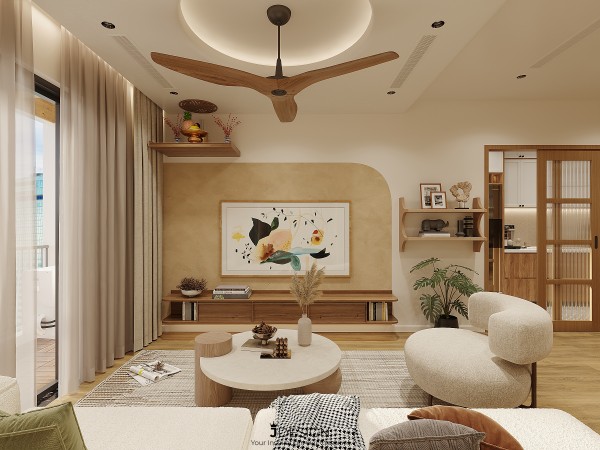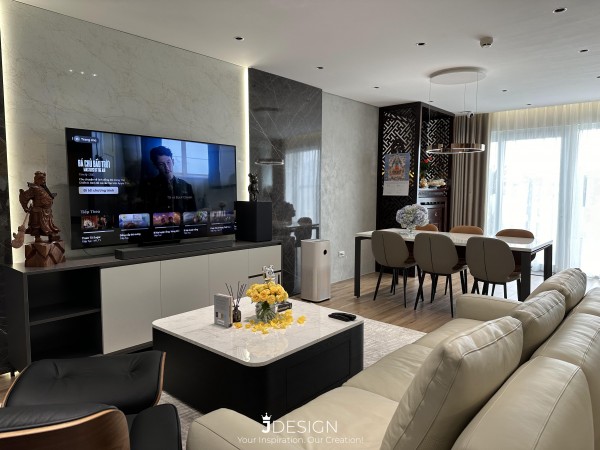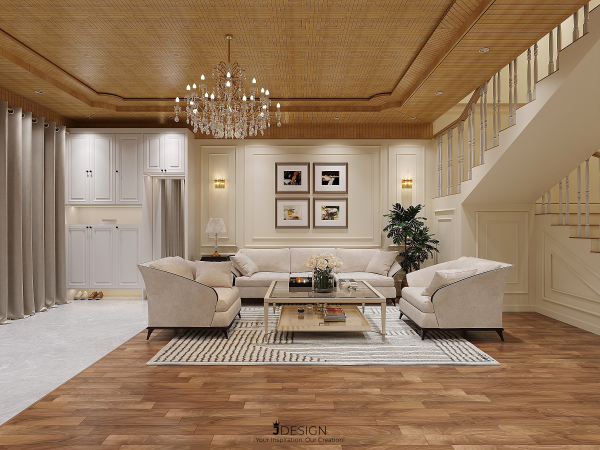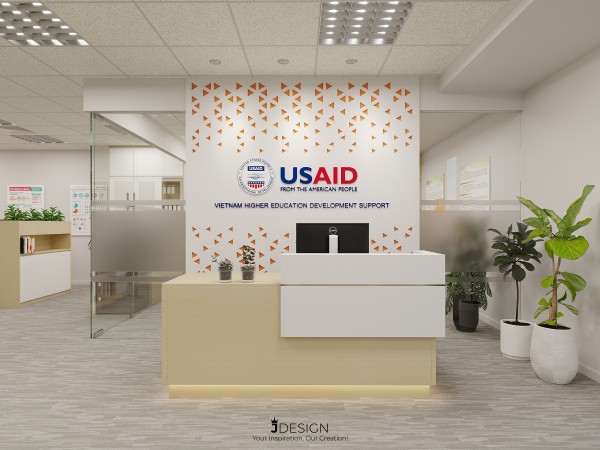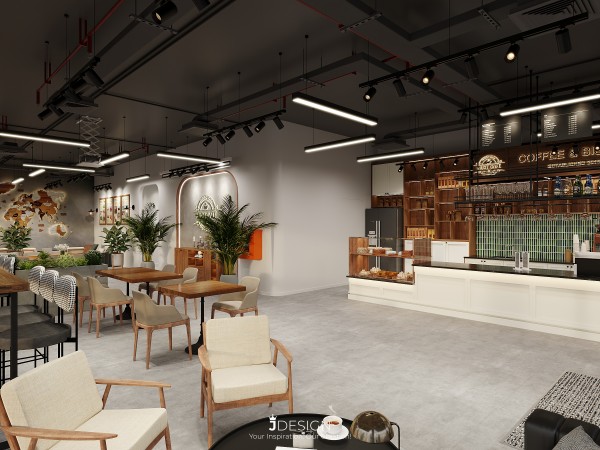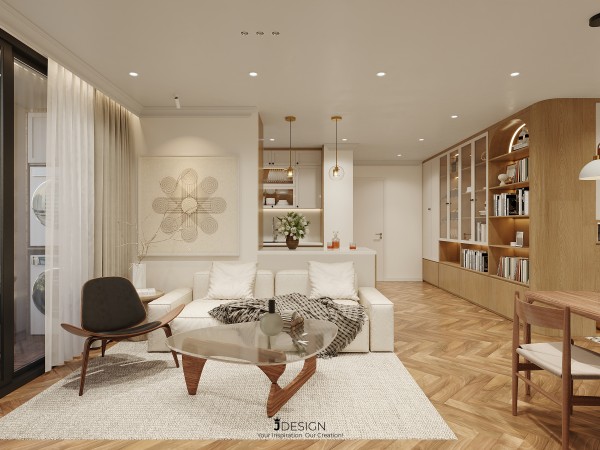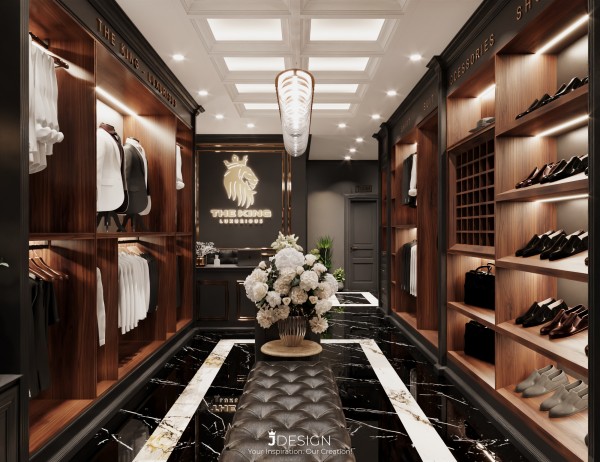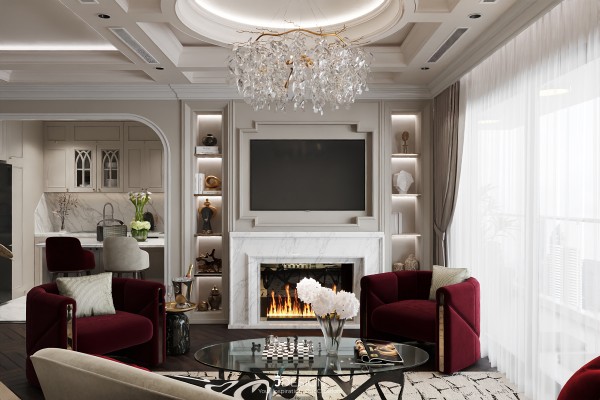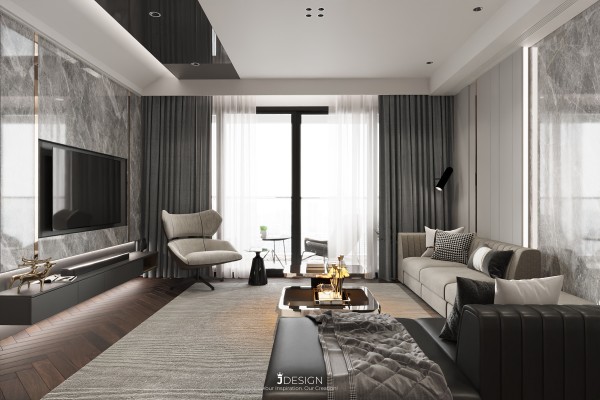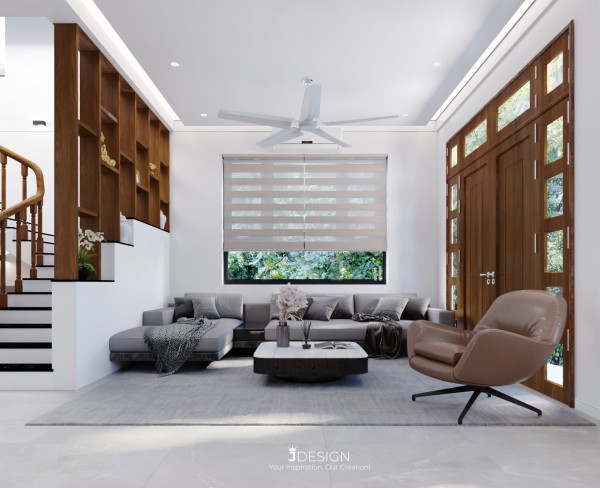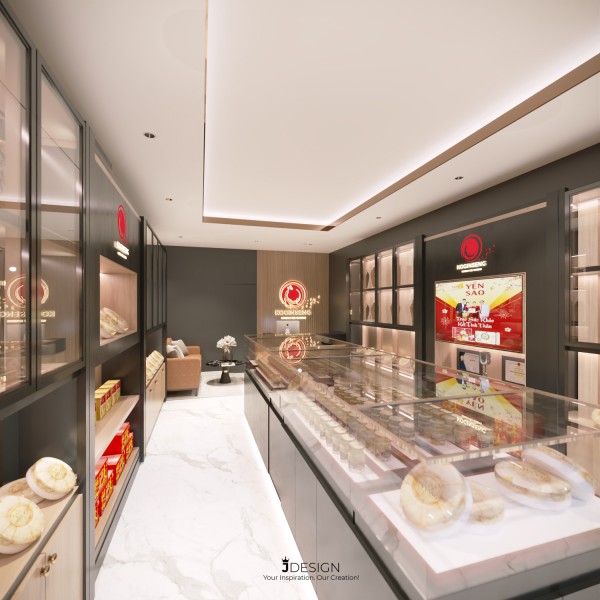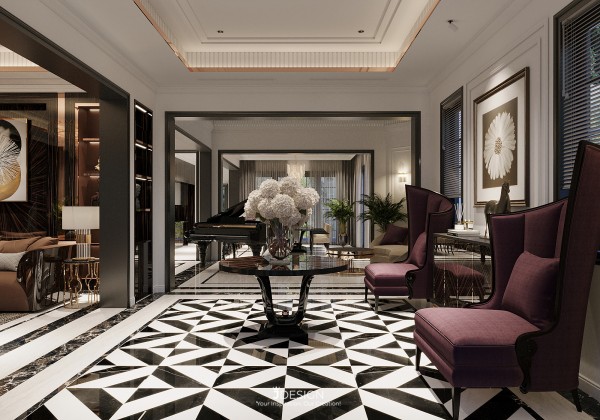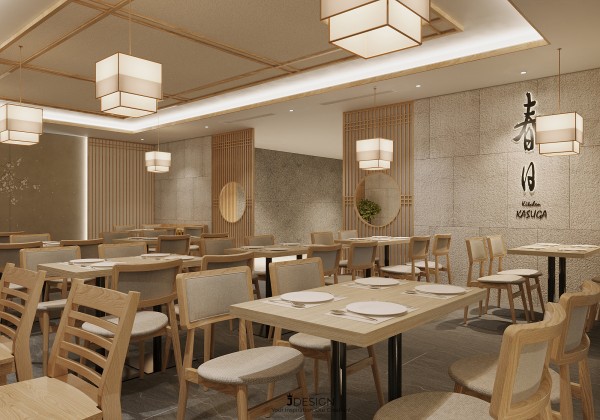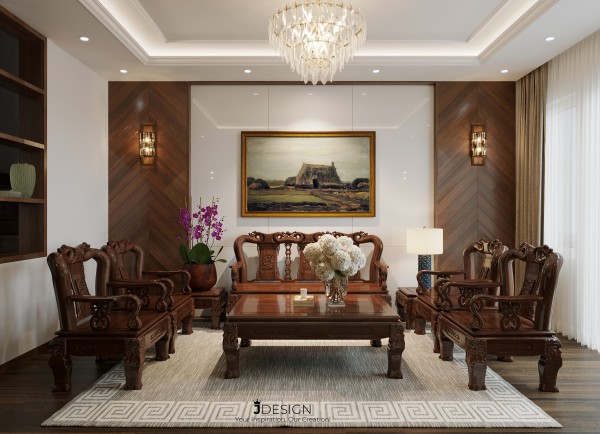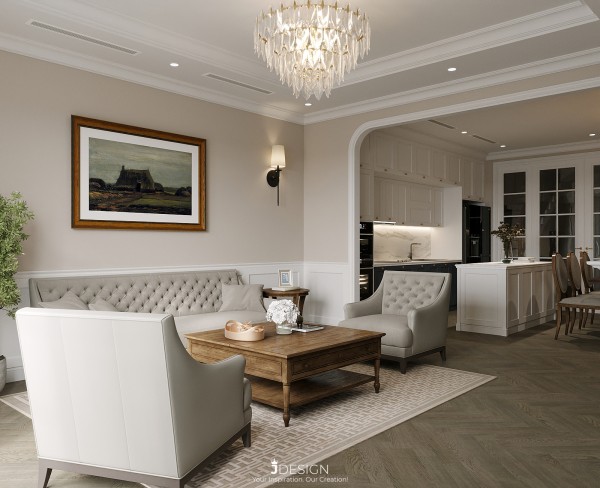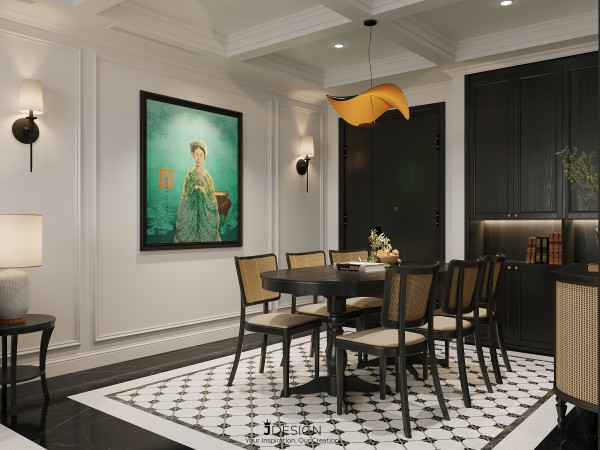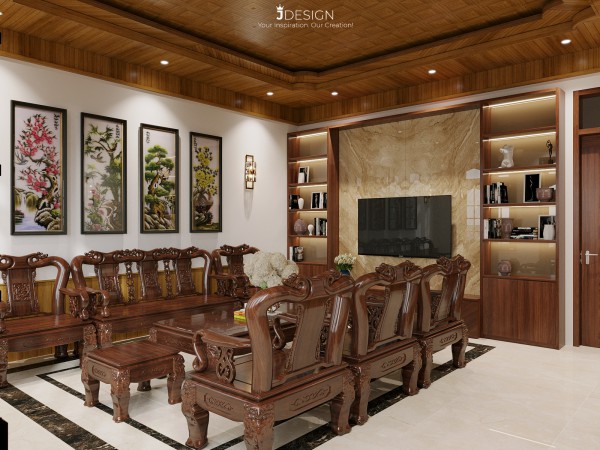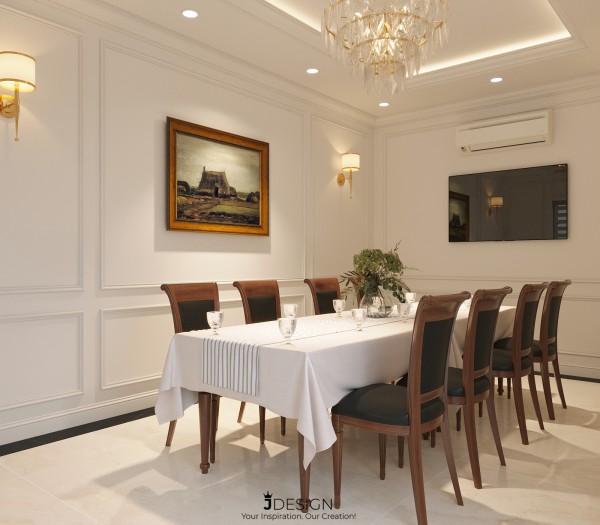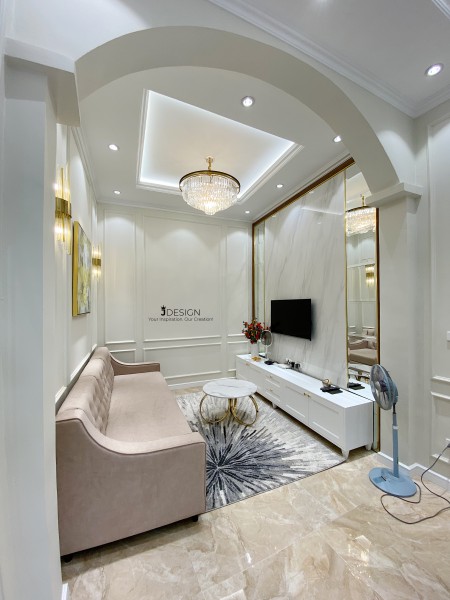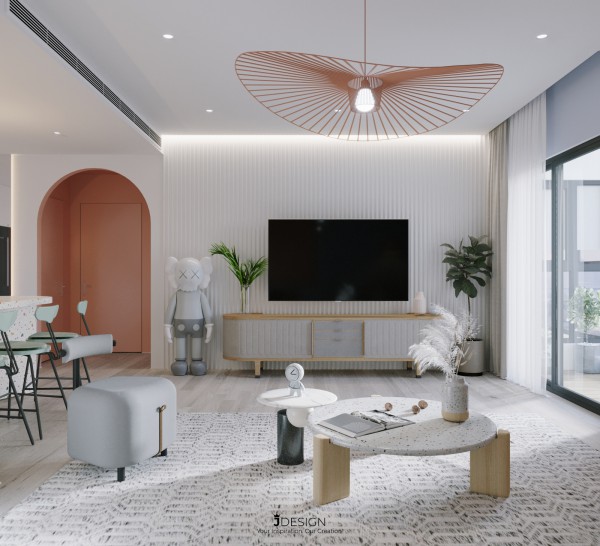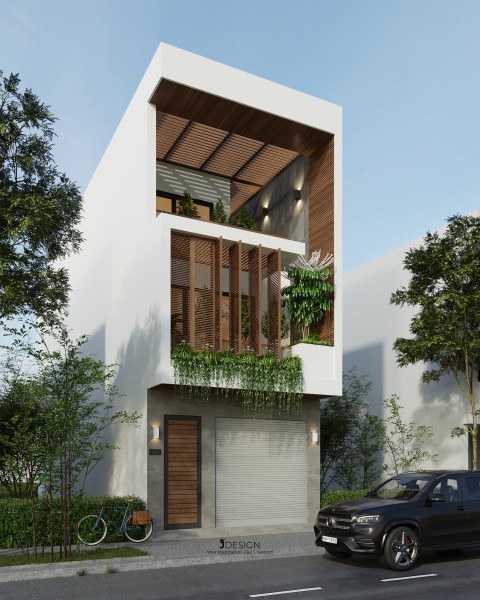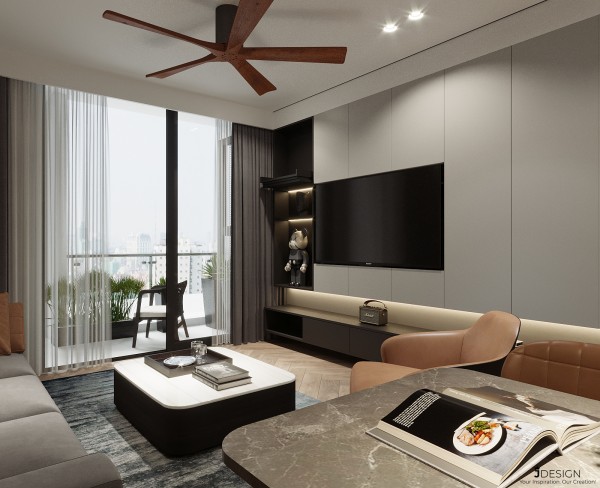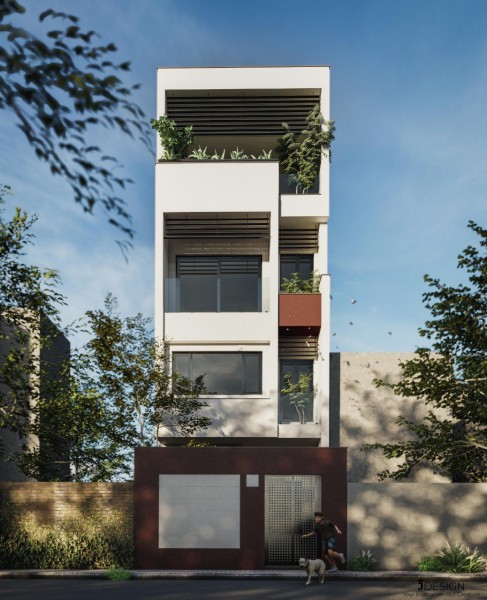WABI SABI - THE JAPANESE ART OF IMPERFECT BEAUTY
Japan is a country famous for its orderly perfection. However, Wabi Sabi - this country's age-old philosophy is an expression of embracing the beauty of imperfection. The concept of Wabi Sabi is deeply rooted in Japanese culture and you can see Wabi Sabi everywhere. From a crack in a teapot, the wood of an old door, moss on a rock, a misty landscape, to the reflection of moonlight on the lake…
Wabi Sabi style in modern life is quite popular in architecture and interior design. Among the interior design styles towards luxury and perfection, this Wabi Sabi style is like a precious silence that anyone needs in life. JDesign Co., LTD invites customers to learn interesting things about this special interior design philosophy through the following article.
What is Wabi Sabi style?
In the book Wabi Sabi: The Japanese Art of Impermanence (roughly translated: Wabi Sabi: The Japanese art of impermanence), author Andrew Juniper defines Wabi Sabi as "appreciating the ephemeral beauties of life, reflects the eternal flow of life in the spiritual world”.
Starting to rekindle around the 12th - 14th centuries, Wabi Sabi was originally the result of the penetration of Taoism and especially Zen Buddhism into the Japanese way of life and perception of beauty. It was not until the 16th century that the Japanese tea ceremony flourished with a legend named Sen no Rikyu (1522-1591) (the first person to use a popular kettle with chipped cups instead of appliances). expensive sophisticated design from China to conduct the tea ceremony), the new Wabi Sabi philosophy is truly perfected to step up to a unique position in the aesthetic conception of Japan.

In Japanese culture, Wabi Sabi is as important as Chinese feng shui. Not only is the soul of Japanese tea ceremony art, Wabi Sabi is also an aesthetic reference system for all other fields from architecture, poetry (typically represented by Haiku poetry), painting, to drama. In the words of Leonard Koren, “Wabi Sabi is the most prominent distinctive feature of traditional Japanese beauty, it occupies a sacred place in the pantheon of aesthetic values ŌĆŗŌĆŗjust as the role of perfect philosophy. Greek America to Western Culture”.
For landscapes, objects and even people, Wabi Sabi is about appreciating the beauty of things that will disappear. Even if it doesn't disappear, the wear and tear of time will make many things put on a different charm. That is the charm of old age, of fading.
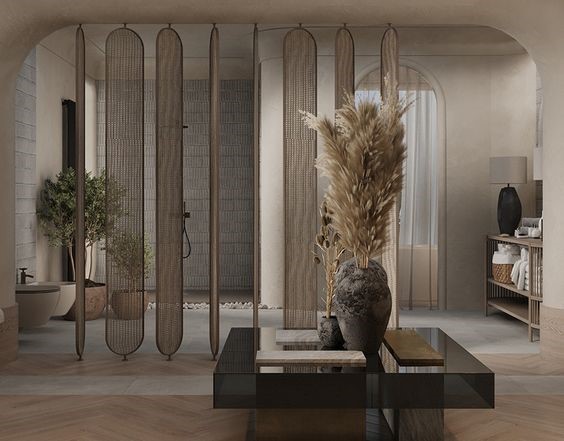
Wabi and Sabi are two terms that can be used separately in Japanese. In terms of semantics, it is difficult to fully and completely translate, but in a simple way, Wabi means simplicity, harmony with nature, derived from the concept of deprivation, separation from distant places. Material flowers as a way of life to find wealth for the soul, Wabi is a feeling of peace and quiet with the simplest things. Sabi if translated roughly means the bloom of time. Derived from the original meaning of rust, through centuries of crystallization from the Japanese contemplation of the fading cycle of all things in nature, today Sabi has become a reference to the beauty hidden from the weight. of time: alone in the dust, but hidden behind the dignity and elegant temperament.
Taken together, Wabi Sabi is representative of all pure beauty drawn from the three obvious truths of nature: nothing is eternal, immutable; nothing is perfect and nothing is perfect (according to Richard Powell).

Features of design according to Wabi Sabi
Wabi sabi today has transcended the borders of the country of the Rising Sun to become a unique design philosophy that is full of challenges regardless of whether it is architecture, painting or fashion. The expression of a design bearing the wabi sabi mark can be analyzed in several aspects as follows:
1. Material:
For Wabi Sabi interior style, the main material used in the design is the organic material line close to nature. This interior style has eliminated all polishing and cleaning processes. The materials that Wabi Sabi furniture come from are the line of materials: rustic wood, raw metal, stone, clay, brocade. These are all lines of material that best convey the degenerate imprints of time.

The wood is processed quite crudely
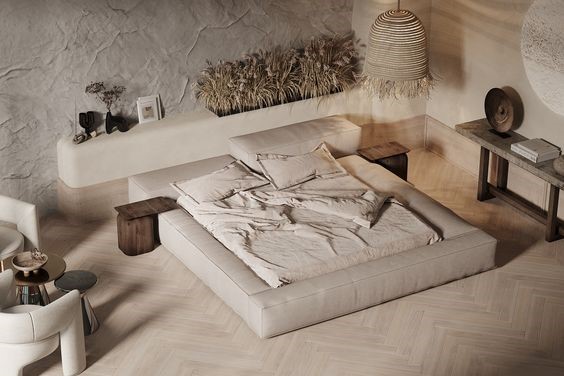
2. Style
Instead of intentionally completely changing the shape of the material according to the available pattern for convenience, Wabi Sabi encourages designers to keep it the same, or modify it, change it very modestly and respectfully. natural, maybe even unusual, designs from nature. The original natural design of the product can be the most prominent feature, the first impression on customers. In Wabi Sabi's view, a work of art can above all be just what it is, not to intentionally become a symbol for anything else.
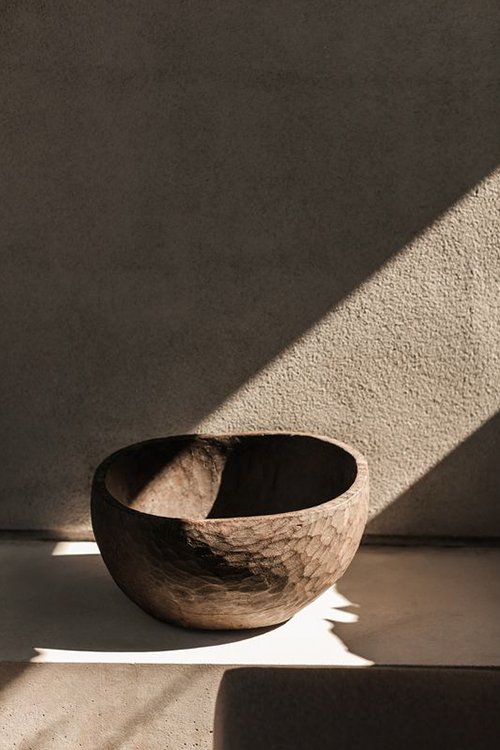
Fully exploit the natural shape of objects
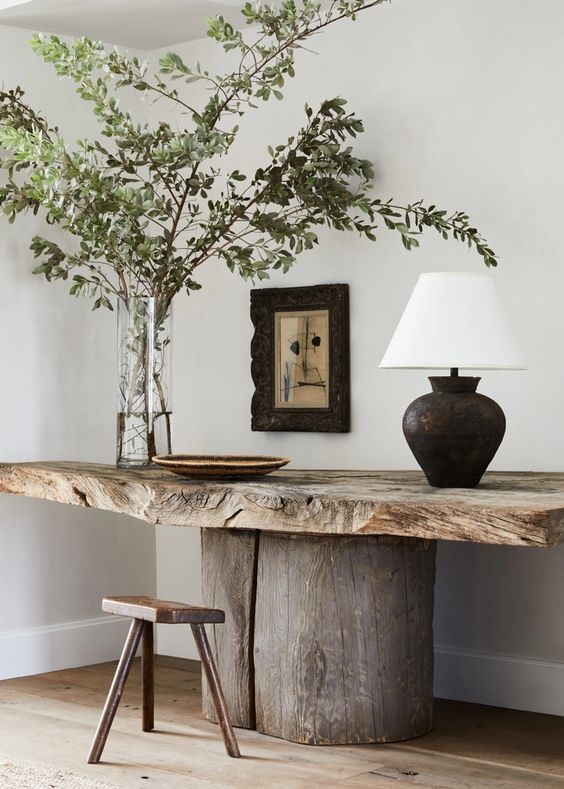
3. Texture
Wabi Sabi interior style always uses raw materials in the design. Most textures of the Wabi Sabi style always keep the rough, rough surface without interference between colors and keep the uneven, random tones of nature. This is also a separate standard to recognize Wabi Sabi style.

Raw materials in design
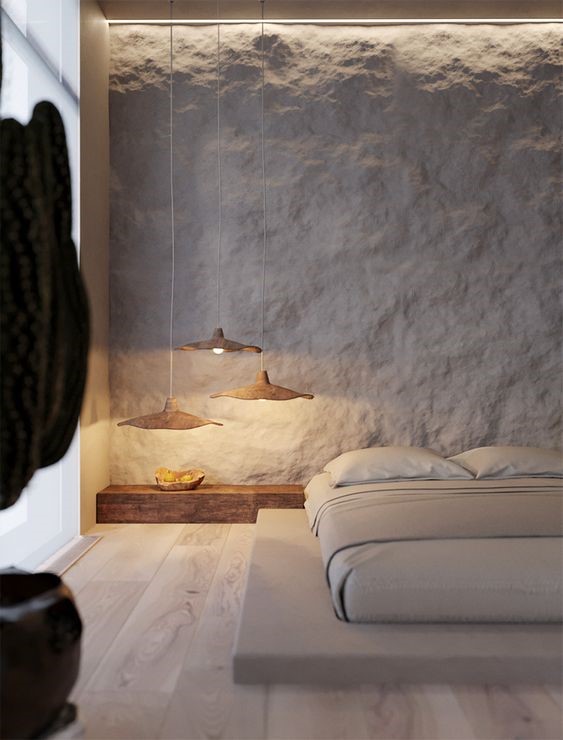
Wabi Sabi style furniture has a natural rustic character
4. Color
Wabi Sabi style is true to the criteria of keeping what is most gentle and natural, color is not an element that is encouraged in Wabi Sabi designs. In spaces designed in the Wabi Sabi style, light is not reflected brightly, but diffused or completely sunk. True colors from nature lack the contrast or unity needed to complement each other to make a stand out. But it is precisely because of the loss of fussiness that colors with natural brightness bring a sense of peace in the mind.
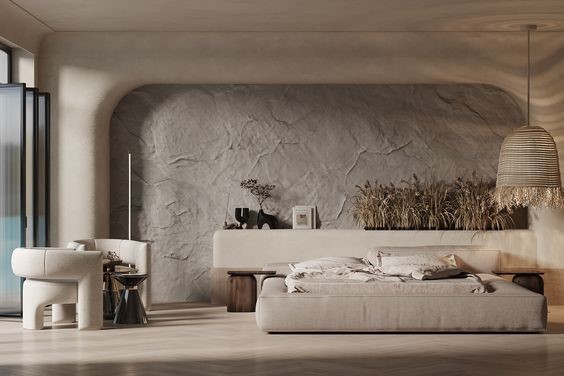

5. Simplicity
Simplicity comes from absolutely organic materials. The simplicity from the creative way is not fussy, no frills. Wabi Sabi's unique simplicity is not boring but very delicate, because at the end of that simplicity is the beauty of honesty and simplicity.
Wabi Sabi style rejects all unnecessary embellishments and decorations, but directs people's focus to the things that are really needed so that the mind is no longer manipulated by matter. In this style, people appreciate the durability and usefulness of objects. A Wabi Sabi house focusing on function should be minimalistic with the rustic, rough of time.
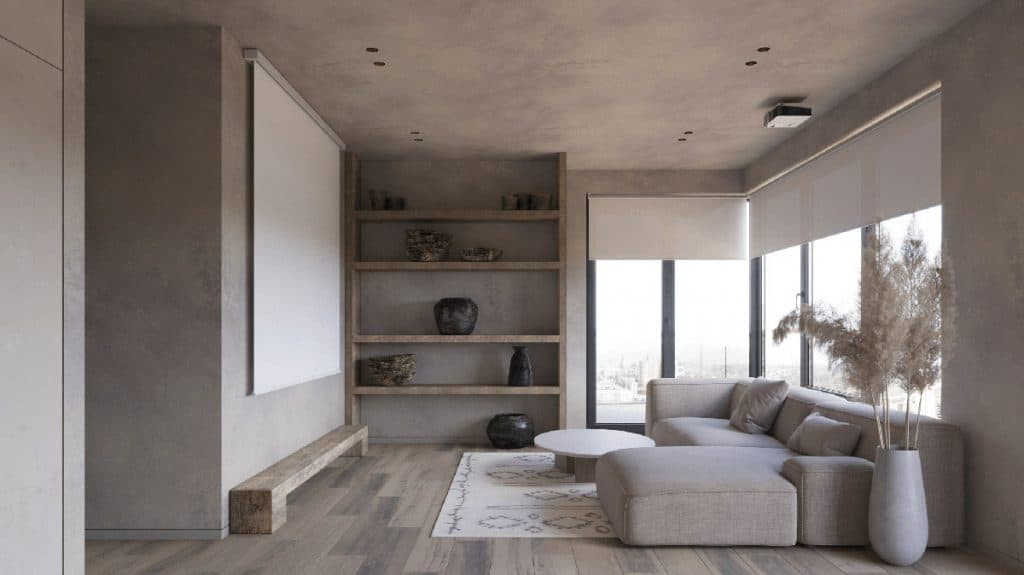
6. Design space
Although the design style of Wabi Sabi tends to be imperfect, it does not mean that we let the space be messy and messy. Therefore, an interior space according to Wabi Sabi style must be arranged reasonably but without being too stereotyped to evoke a feeling of peace and tranquility. In the interior space of Wabi Sabi, no space is meaningless. Because according to this style philosophy, proportion is a measure of space, but it is the void that conveys the essence of the universe. That is why wide and open spaces play an important role in Wabi Sabi style.
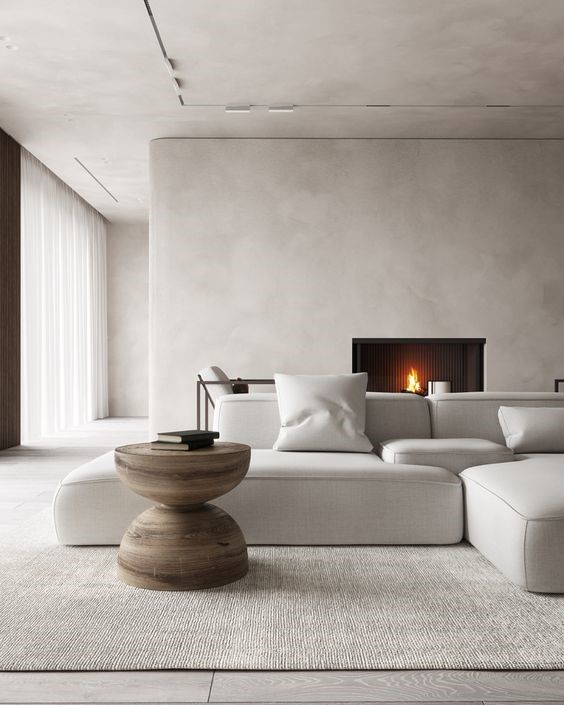
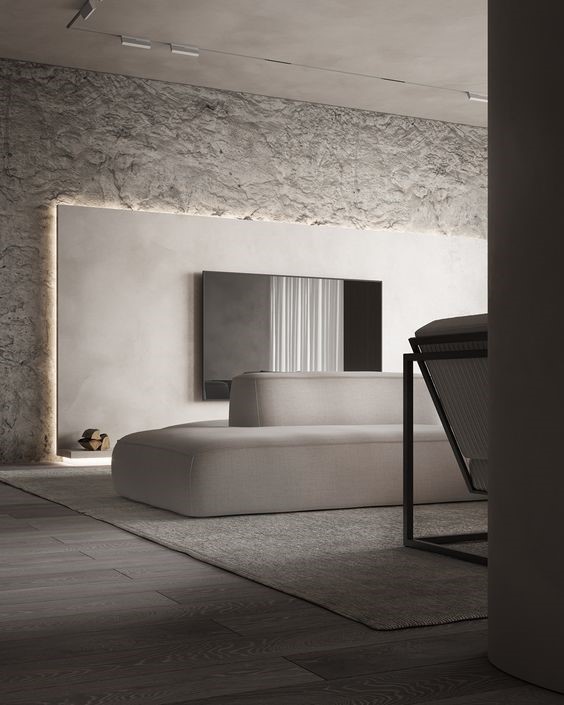
7. Balance
Wabi Sabi design must reflect the organic balance of the natural world. No formula can predict the system of nature because all things find themselves in a certain environment: a tree will grow tall or short, a large or small body, more or less leaves. Depending on the conditions of the surrounding trees, rocks, water, soil, etc. The balance and harmony with the environment is a design principle for every artist in the creative process. Just like the tree, the designs are a separate entity. Any rule, formula, or guideline created by the designer, however, is second only to the requirement of accurately reflecting an object's natural balance with its environment.
In the midst of the hustle and bustle of life, we find that Wabi Sabi style is like an effective spiritual therapy when gradually directing people to find tranquility in their own home. According to the Japanese concept, nothing born in nature can be perfect and lasting. So Wabi Sabi is like a way of appreciating the true beauty as inherent in creation, showing respect to nature and training humility and accepting the truth in people.
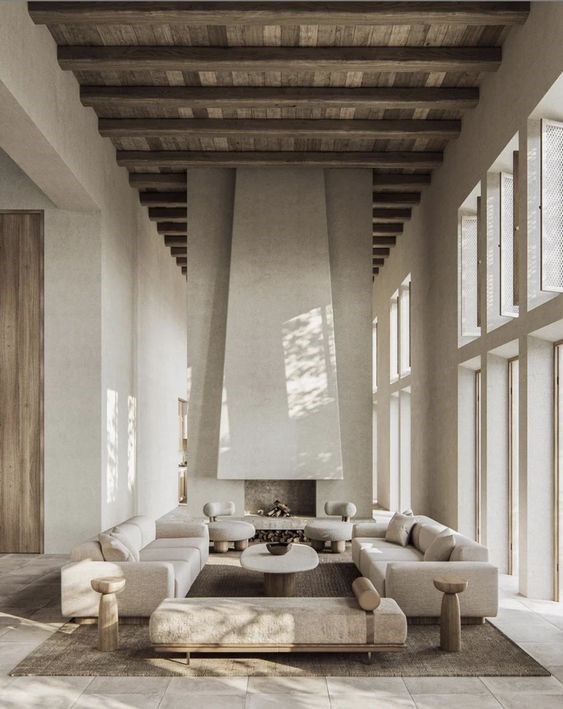
8. Moderation
Moderation is a simple and necessary principle. Sometimes this principle is expressed through what is omitted from the work rather than what is put in and expressed in it. Abstinence gives a genuine sense of the experience of the law of impermanence. Nothing is permanent, permanent, unchanging.

Some interior designs of Wabi Sabi style
1. Wabi Sabi style: Living room

Simple living room design in Wabi Sabi style

Wabi Sabi living room with rudimentary furniture from nature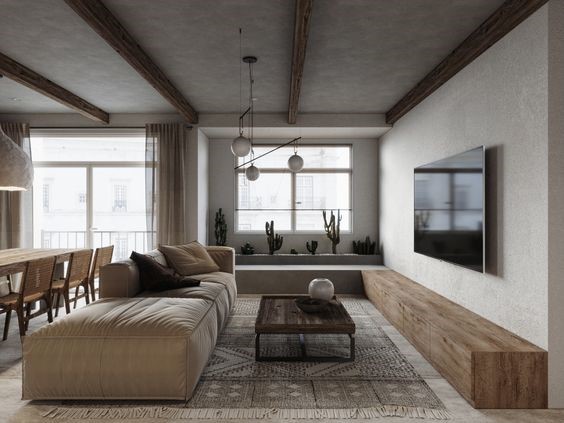
2. Wabi Sabi style: Kitchen
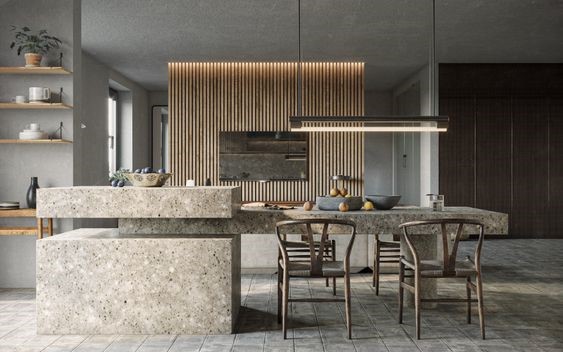


Wabi Sabi style kitchen design combined with modern
3. Wabi Sabi style: Bedroom
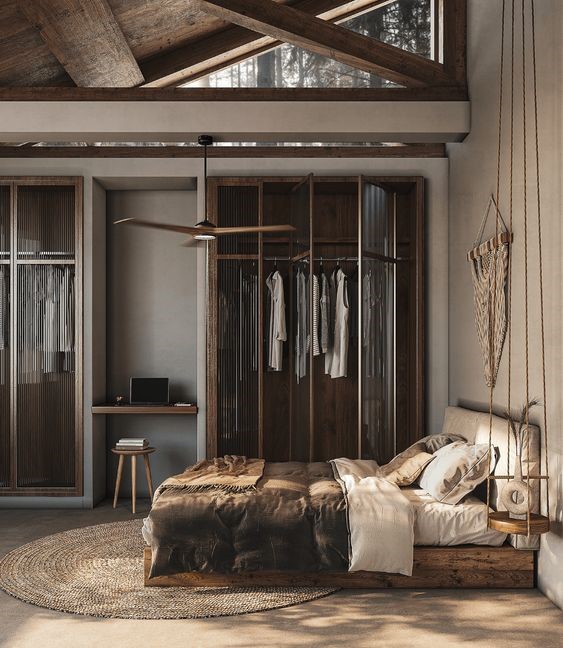
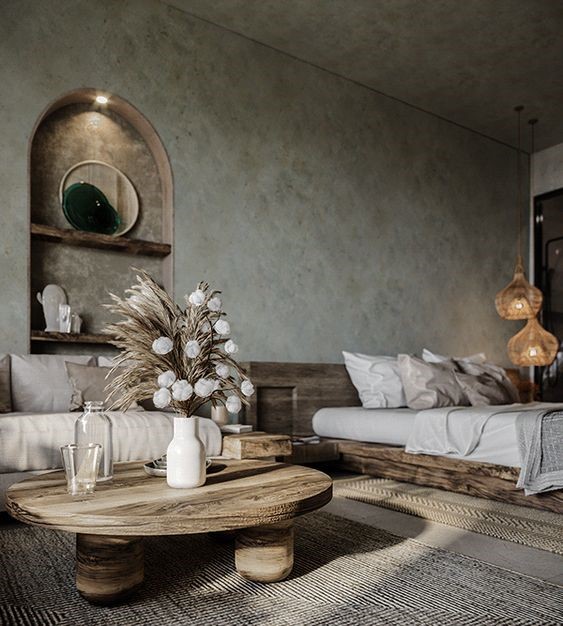
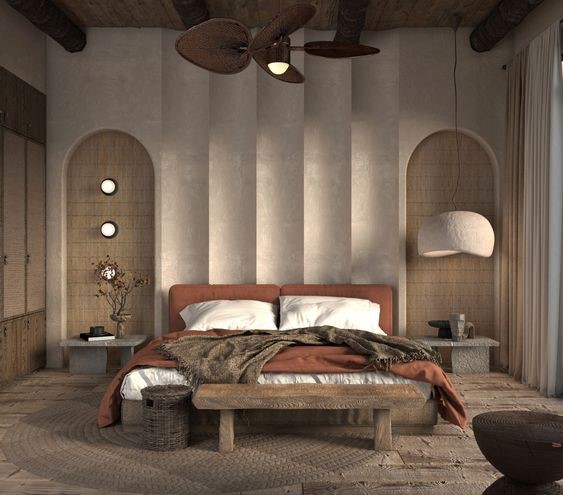
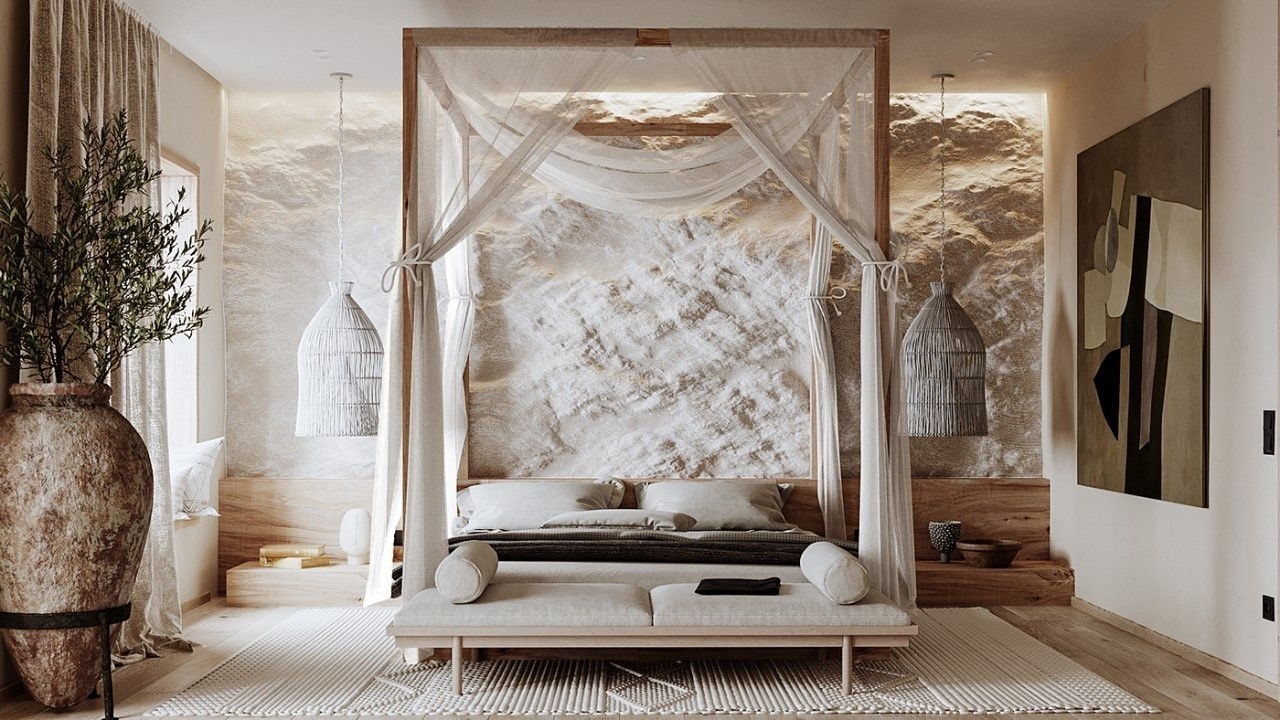
Although Wabi Sabi is born from Japan, it is by no means limited to that, but is suitable for all countries, territories and any land. Because everything is created from nature, without too much human intervention.
Hopefully the above article will give you a lot of useful information about Wabi Sabi design style. In addition, for professional design advice, please contact JDesign Co., LTD for the fastest support. JDesign Co., LTD is very pleased to serve you!
------------------------------------------------------
JDesign Co., LTD - PROVIDE PACKAGE SOLUTION RELATED TO INTERIOR DESIGN AND CONSTRUCTION!
Contact us now to schedule a Free Consultation/Survey/Quote!
Product warranty up to 03 years – Commitment to product maintenance for life!
For more details please contact:
- Email: contact.jdesignvn@gmail.com
- Tel: (+84) 866.648.298
- Website: https://j-design.vn/
- Fanpage: https://www.facebook.com/jdesignvn
- Corporate Office: 03/50 Nguy Nhu Kon Tum, Nhan Chinh, Thanh Xuan, Ha Noi
JDesign - Your Inspiration. Our Creation!
#jdesignvn #interior #interiordesign #interiordecor




